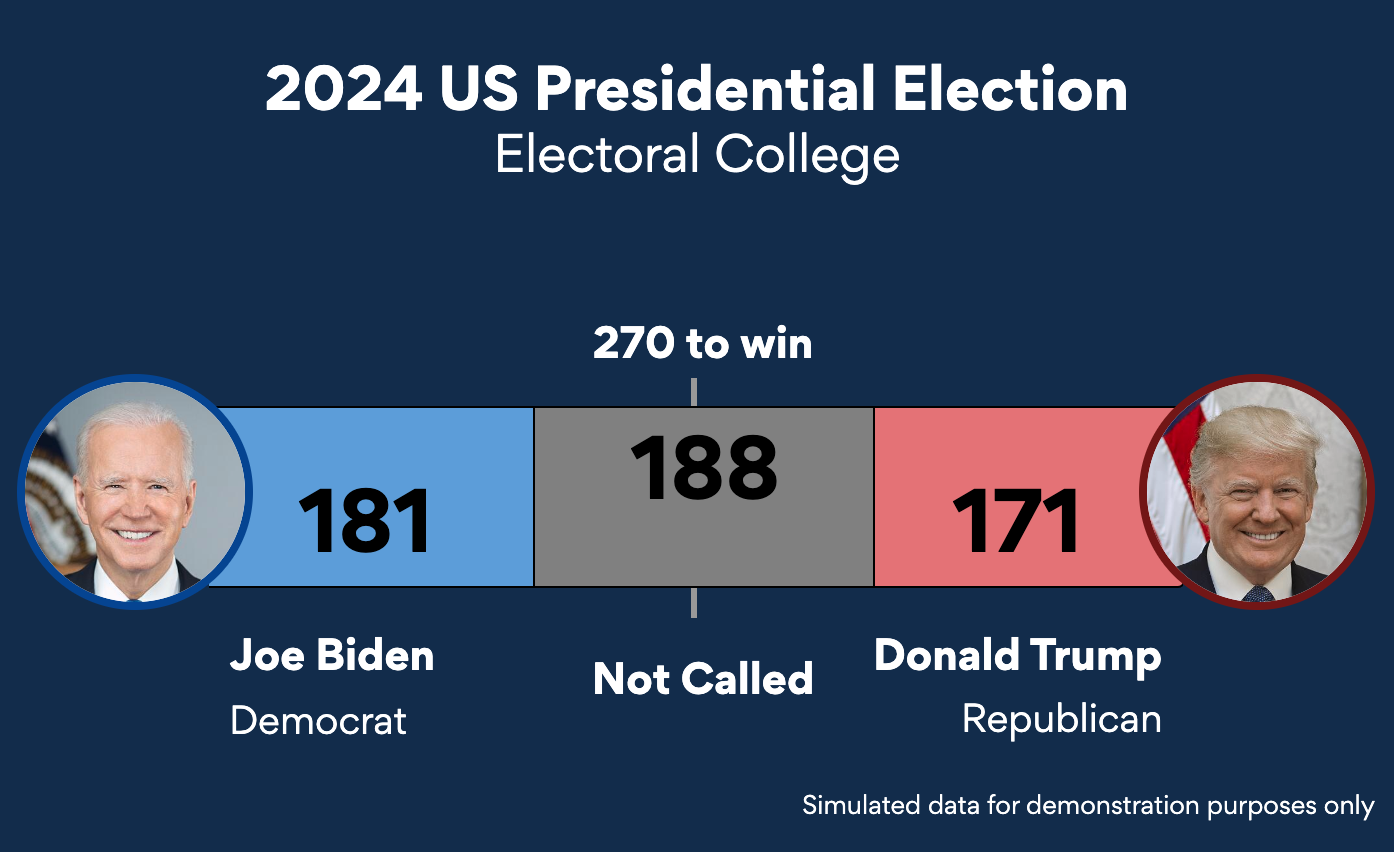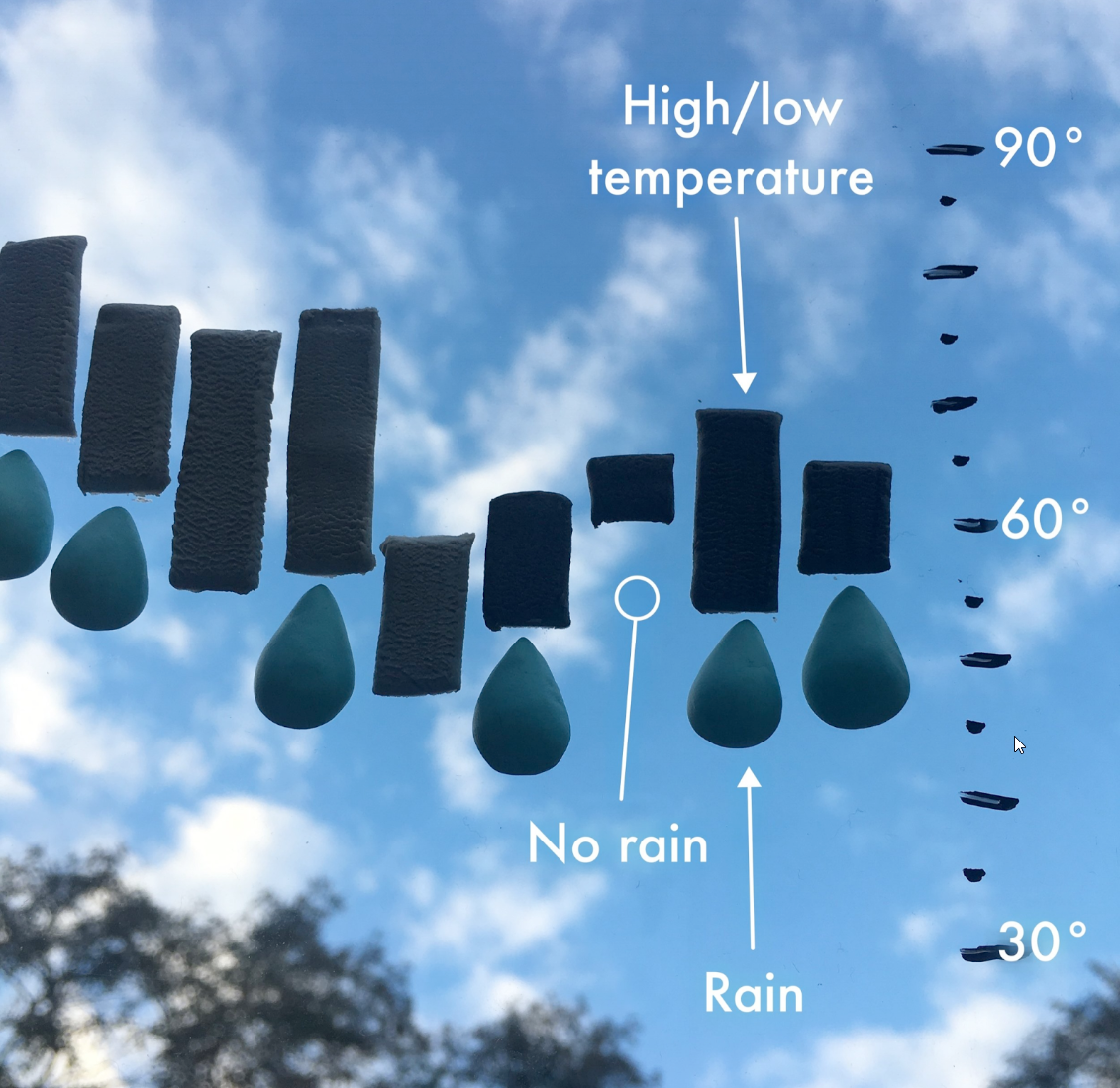If you are a researcher or academic, the growth of the internet has brought many opportunities for sharing your achievements with the world!
However, journal publication can still be a lengthy process, and sometimes you might just want to share a quick snippet of your research activities less formally.
The good news is that it is easier than you might think to turn your data into stunning graphics to engage an online audience.
This article will help to understand what works well on the web, and how to make your research results shine!
A Global Audience
No matter where in the world you are based, you can publish and share your research with a global audience. This map illustrates the location of research teams publishing science and engineering papers in peer-reviewed journals during 2018. Almost every nation in the world is represented. And, as journals now provide online access, this published research is also now available to readers globally.
There are now many options for publishing your work and reaching a larger audience. Researchers are no longer restricted to publishing work via academic journals, you can share your news in other ways.
Perhaps you also want to post news of your department’s achievements, or respond quickly to a topic story with relevant data from your own research?
Or maybe you want to build your personal profile as a researcher, showing off your work on your own website or Linked-in profile?
News can be new!
Traditionally, publishing your research means writing an academic paper and submitting it to the journal of your choice, hoping for acceptance. The whole process takes months, and by the time your research finally gets published, your work (and the world) has moved on.
This chart shows a subset of results from a study into the time taken for different publications to review and publish research papers. The visualization includes the data for the ten most prolific journals in the study (based on the number of articles published during the monitoring period). This illustrates the wide variation in publishing times for different journals. So, in most cases, you can expect it to take several months before your results are published. So, why wait? In the meantime, you could share your research news via your own website, blog, or social media channel.
Advantages of displaying your research data online
A strong online presence that is updated regularly will boost your profile and allow you to reach a bigger audience. With online content, you can publish articles quickly, allowing you to respond to topical events or promote your services at the best time for maximum impact.
But marketing is not just for commercial companies. Even if you are not selling a product or service, you can benefit from developing a strong online brand. Whether you want to attract students to your department or position yourself as an expert in your field, then a strong online presence is key.
A good way of boosting readership and engagement with your site is by providing regular, high-quality content like news and blog articles. Good content will also help increase your search engine performance and improve your rating on Google.
As a researcher, you could show-off your research to the world by presenting your data in new and interesting ways. A stunning visualization can really help attract people to your website and get them interested to learn more.
Web publishing opens up the opportunity to be creative with your data visualization. Interactive graphs are particularly useful in increasing reader engagement as you allow people to explore the data for themselves. An attractive graph or map can really gain attention and draw people into your site, perhaps generating traffic to your website from a social media post.
Online publishing also offers flexibility. You can really tailor your content to suit the audience. Think about providing shorter news snippets aimed at the casual reader but with links to papers or more detailed content for fellow researchers and academics. Layers of information can work well, making the initial content accessible to a wide audience but allowing people to explore as deeply as they choose.
Summary – Advantages of Publishing Research Online
- Present research in a visual way
- Use interactivity to engage users
- Showcase expertise
- Develop your brand
- Marketing potential
- Tailor content to different audiences
- Link with social media
- Publish quickly
- Respond to topical events
- Improve search engine performance
Challenges in creating web-friendly data visualizations
The internet brings many opportunities for self-publishing, but to have the greatest impact, you need to tailor your approach to suit the medium and your audience.
If you are a researcher, you are likely to be comfortable with producing graphs and visualizations for printed publications, but these rarely translate well to the web. You may need to adapt your approach to produce web-friendly charts, graphs, and maps.
You may be wondering, ‘How do I make a graph interactive?’ Luckily, there all tools available that make this easy. For example, with everviz, you can create stunning, interactive visualizations without having to write a single line of code.
Web content needs to work effectively across all devices. The use of mobile phones for accessing the internet is ever increasing, so you need to ensure your graphs and visualizations work across all screen sizes.
Web content should be made accessible to all, ensuring all users have equal access to information and function. This means ensuring your content is available to people with disabilities, as well as people who might have restricted bandwidth or internet speeds. Accessibility of web content is an issue that should be considered by all developers and content creators, and compliance it is often a specific requirement at universities and other large institutions.
BUT – all this doesn’t need to be difficult. The everviz platform will make it easy to create a web-ready graph that automatically scales to the user’s screen size and is compliant with accessibility best practices.
Everviz makes it easy!
- Create interactive graphs with ease
- Wide range of graph, chart, and map types
- Preview visualization on different screen sizes
- Accessibility built into the platform (A11Y standards)
All that is left for you to do is to select your data and decide how best to display it!
Keep reading for examples and tips on how to create stunning data visualizations with ease.
What works well on the web
It is well known that people have a short attention span when it comes to online content. According to one survey by Chartbeat, 55% of readers spend fewer than 15 seconds on a webpage.
This means you really need to grab attention quickly before they move on, and a good looking visualization can be a great way to do this.
In many cases, less is more! A simple but eye-catching graphic can grab the audience’s attention and make them want to learn more.
Open access publishing means more citations
Did you know that open access publications get more citations than those behind a paywall?
This data is from a study that looked at how often academic papers were cited and found that the increased readership that open access brings is reflected in the number of citations a paper receives.
Notice how the donut chart above provides a quick visualization of the difference, but by hovering over each section, a user can view the data behind the graph.
Donut charts, like pie charts, are good for displaying the difference between a small number of scenarios, but for more complex data sets you will need to use different types of graph.
Different graphs for different data types
Different charts can be combined to tell a story, selecting an appropriate chart type for the type of data that is involved.
The need to adapt
Traditionally printed publications are on the decline – newspapers, magazines, and academic journals are all turning to online services to supplement or replace printed versions.
According to a survey undertaken by Reuters/Oxford University in 2020, people were asked which media they had used to obtain news in the last week. Only 26% of people said they got news from a printed publication (down from 63% seven years ago) with more people turning to online resources including social media for news. Data from: https://reutersinstitute.politics.ox.ac.uk/sites/default/files/2020-06/DNR_2020_FINAL.pdf
In the example above, a simple line chart clearly shows the trend in online vs print media, but the second graph provides an interesting visualization of how media usage is split into different age groups. This uses a dot plot which gives a high level overview that encourages the reader to explore and understand the data.
Tell a Story with Data
A colorful and unusual visualization can create intrigue, encouraging the reader to examine the data in more detail.
When a reader can explore the data for themselves, they are likely to be much more engaged and they might even share the article with their friends! Interactive visualizations make research articles much more interesting and memorable.
Student Movement
According to figures collected by the OECD, most European international students tended to study in a different European country, whereas students from elsewhere were more likely to attend university in a different continent, as visualized in this sankey chart.
This dependency wheel is a visualization type allowing you to display the interactions within your data. It is similar to a Sankey diagram, but allows for multi-directional flow to be illustrated.
Making the most of interactivity
Another great way to get people exploring your data is to let them find themselves or find something that they can relate to.
Does your data have locations? Consider using a map to display the data, encouraging users to check out their own location, and to see how they compare to others.
Internet usage varies by country
The availability of the internet varies considerably around the world, and internet usage varies between different demographics. It is important to know your audience. How are they accessing information? Are they internet users? Do they use desktops or mobile devices? What is the best way of communicating your message?
Using Tooltips
A tooltip is a message or information that appears when you hover the mouse over an element on the page. This allows you to display additional information without overcrowding your visualization with too many facts and figures. For example, on the map above, the tooltip shows the country name and associated data.
Scientific Data Integrity
If you are targeting researchers or academics, then they are often skilled at quickly scanning papers to see if they contain what they are looking for. Attention grabbing visualizations can work well here too – think about how to summarize your research findings in a few simple graphics.
Historically, in print-based publishing, it was often necessary to compromise on visual appearance to demonstrate data integrity. In academic research, tables of figures often imply rigorous scientific study, which might be lost in a simple bar chart. But with web visualizations, you can have both!
Web published scientific papers don’t need to be small print, double column, dense documents! You have as much space as you need – why not use it?
No need to compromise
In this example, a simple bar chart has been used to illustrate the varying popularity in bachelor’s degree courses by subject category. The bars show the average number of degrees awarded annually, which gives a good indication of popularity but doesn’t show any detail behind the numbers. But by including range bars, we can provide a bit more information about the level of data behind the averages, giving an indication of the variance in numbers between different years.
In the above chart, the exact figures are not immediately obvious, which allows the reader’s attention to focus on the general picture. But the underlying data is available in a tooltip, allowing you to maintain that data integrity and to provide that extra information to fellow academics and researchers who may be looking for scientific rigor.
In Summary
The online world opens up a multitude of opportunities to share your research data and achievements with different audiences.
It’s easier than you might think to create high-quality, interactive visualisations – you don’t need to be a web developer!
Remember
- Make an impact with stunning visualizations
- Be adventurous and experiment with your visualization designs
- Web charts can be interactive – use this to your advantage
- Keep it simple (without compromising scientific integrity)
- Interactive charts can be made easily with everviz – no need for code



